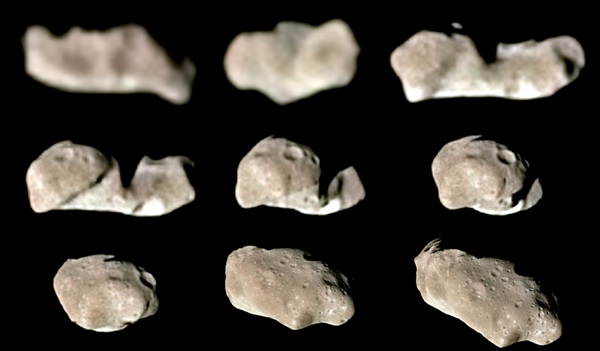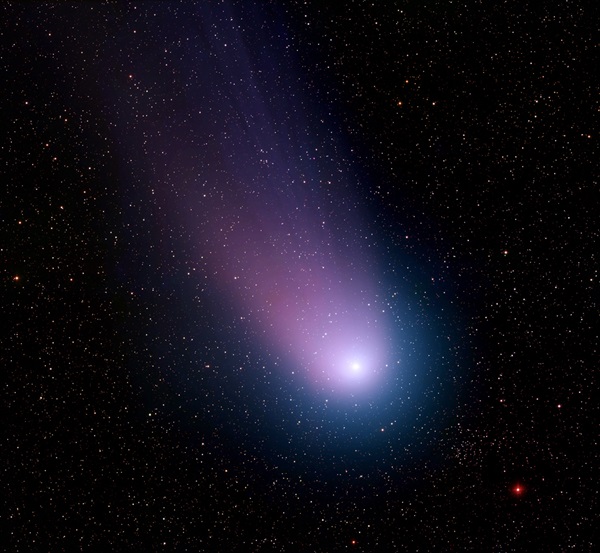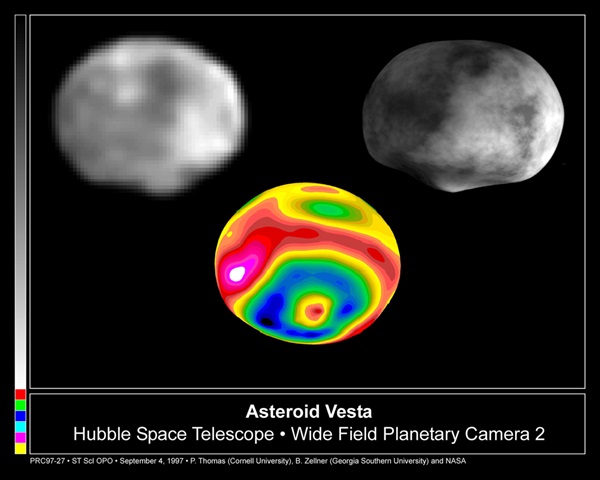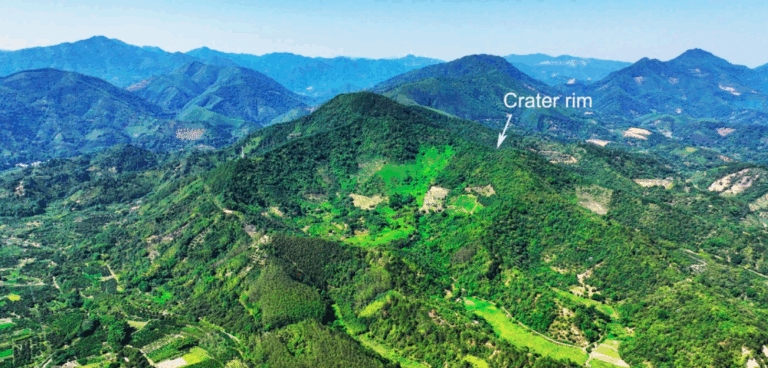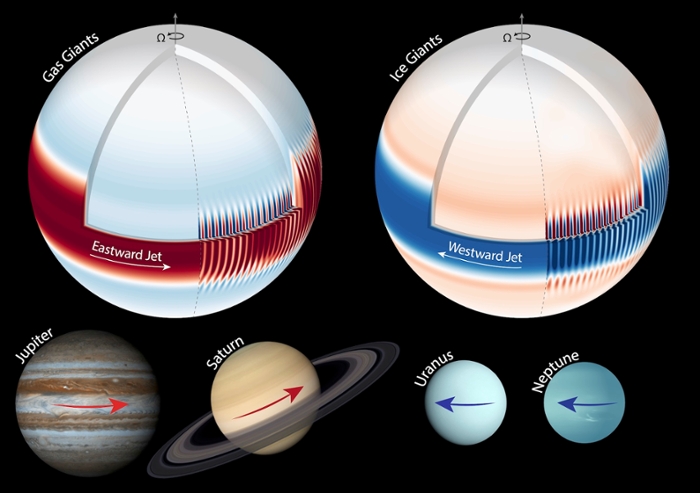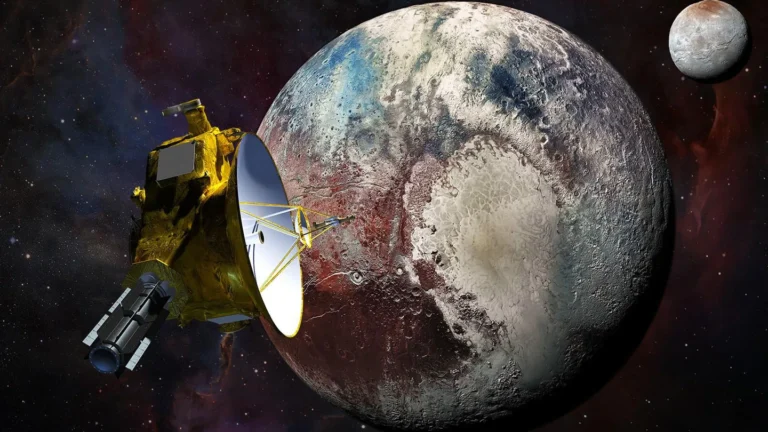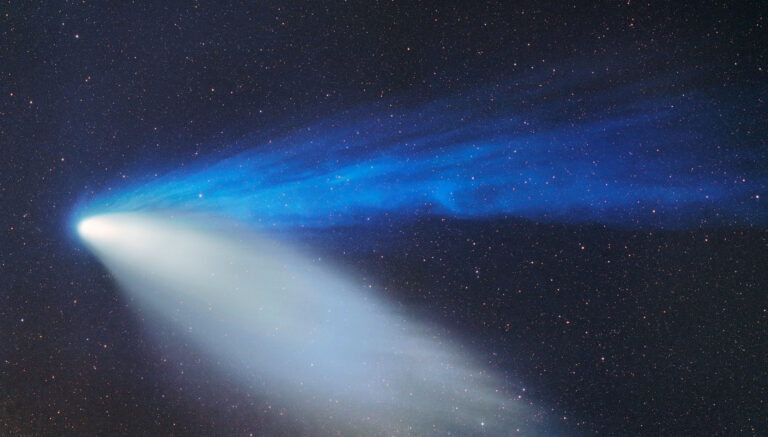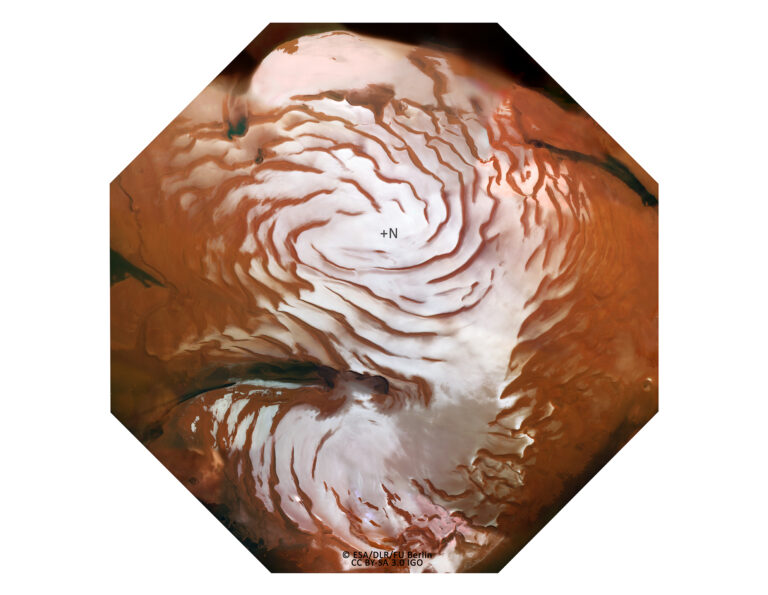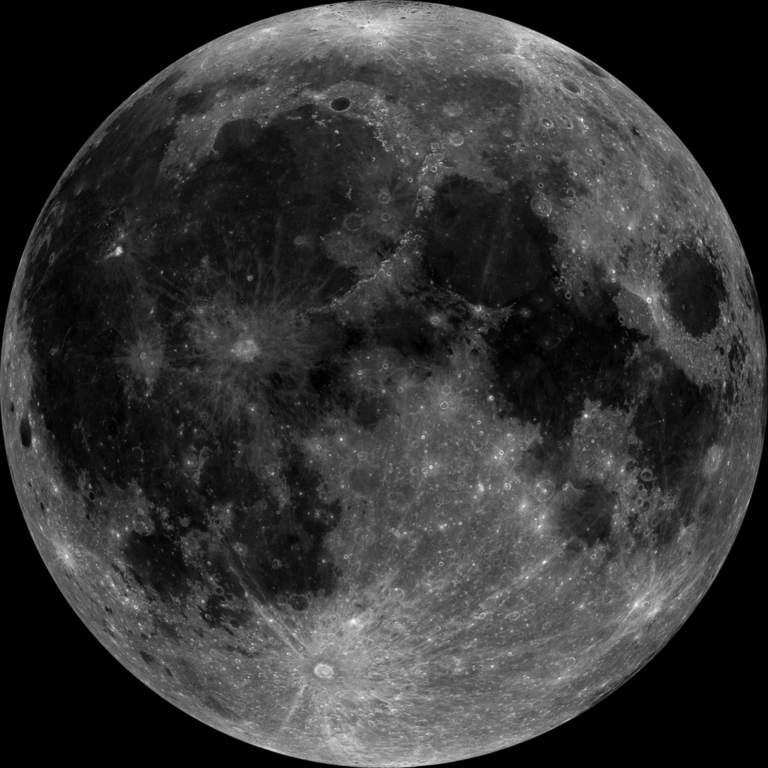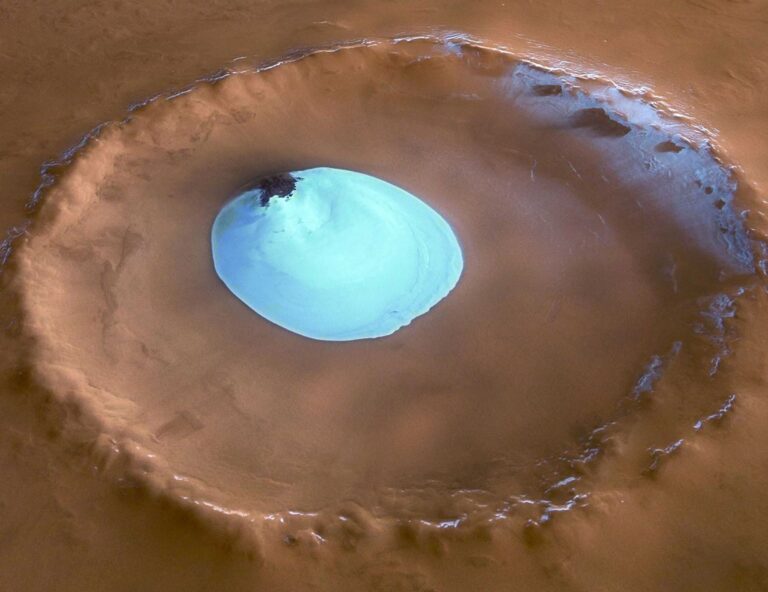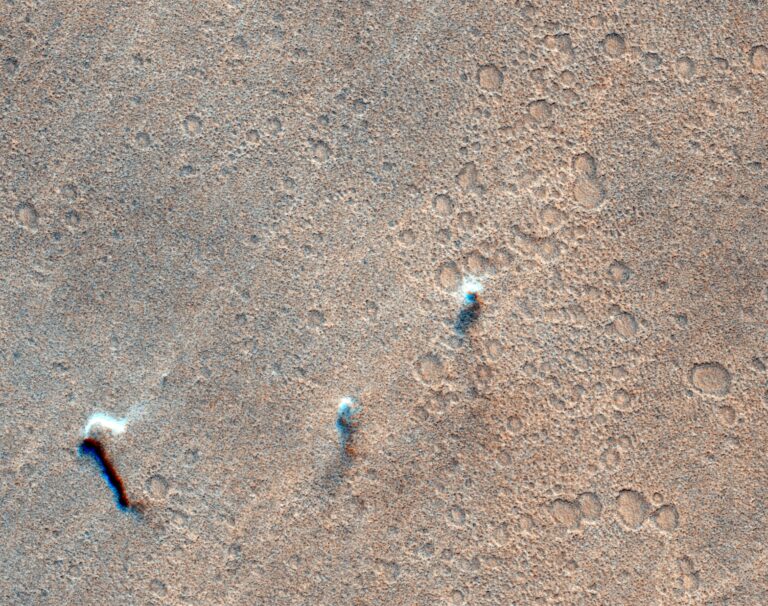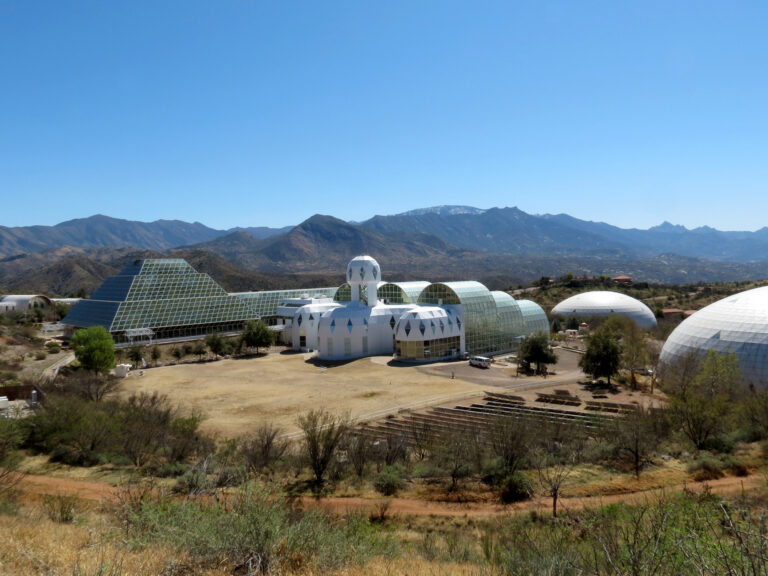Key Takeaways:
The solar system is a complex place. Aside from the Sun and major planets, it is filled with hundreds of thousands of smaller bits of debris left from the solar system’s formation, some 4.6 billion years ago. In the 19th century, astronomers were concerned primarily with discovery. Whether moons, comets, or asteroids, finding and cataloging objects was the primary means of employment. And it is still an important part of the scientific process because many unusual and important objects certainly remain to be found.
But in recent times, planetary scientists have turned increasingly to interpreting what they have found. Analyzing objects by an increasing number of techniques has allowed astronomers to paint a sharper picture of the solar system’s formation and the relationships between objects in it.

Bringing the universe to your door. We’re excited to announce Astronomy magazine’s new Space and Beyond subscription box – a quarterly adventure, curated with an astronomy-themed collection in every box. Learn More >>.
For many years, astronomers kept comets and minor planets, or asteroids, in separate categories. After all, comets are frozen balls of ice and gas that live in the solar system’s distant reaches. Occasionally, through a gravitational kick, they travel inward, heating up and putting on a show with their spectacular tails.
Asteroids, on the other hand, are rocky bodies — micro-planets, if you will — most of which reside in the asteroid belt, which lies between Mars and Jupiter. Asteroids show no traits similar to comets, such as the outgassing of volatiles that form pretty tails in the sky. Moreover, their orbits are distinctly different from those of comets.
But a view developed during the past 20 years suggests comets and asteroids, although distinct types of bodies, are more alike than astronomers originally thought. Trillions of comets probably exist in our solar system; the long-period ones exist in a vast reservoir called the Oort Cloud, named after Dutch astronomer Jan Oort (1900–1992), who hypothesized its existence.
Periodically, a gravitational kick from a passing star or a disturbance in the Oort Cloud sends long-period comets inward toward the Sun. Short-period comets, on the other hand, reside closer in and have orbits with periods less than 200 years.
Comets with hyperbolic or parabolic orbits appear only once, after which they are flung outside the solar system. Lastly, main-belt comets, a group consisting of only three members, reside in the main asteroid belt. Similar objects, with their circular orbits, may have deposited water on Earth billions of years ago. This class, now consisting of 133P/Elst-Pizarro, 118401 1999 RE70, and P/2005 U1, exists at the crossroads between comets and asteroids.
By contrast, scientists know of over 642,000 minor planets. Of these, nearly 400,000 have been studied well enough to warrant permanent numerical designations, and more than 16,000 asteroids have names. Astronomers believe the total number of asteroids in the solar system larger than 1 mile (1.6km) across is about 1 million.
The largest asteroid in the main belt is Ceres, which has a diameter of about 600 miles (970km). Altogether, the mass of main-belt asteroids adds up to only about 4 percent of the Moon’s mass.
During the 1980s and ’90s, scientists’ neat distinction between comets and asteroids began to blur. With the discovery of the Kuiper Belt, it became clear that a vast population of icy bodies existed on the solar system’s fringe, much closer than the Oort Cloud.
Discoveries of main-belt comets further blurred the distinction. Certainly, some main-belt asteroids could be ancient ex-comets whose volatiles evaporated long ago, leaving a rocky core.
The discoveries of other bodies with peculiar properties led to the cross-listing of several objects as both asteroids and comets. These include 2060 Chiron, an object discovered in 1977 by American astronomer Charles T. Kowal, then at Palomar Observatory. It’s the first member of an asteroid class known as centaurs, with orbits between Saturn and Uranus. This unusual asteroid came under intense study, and, in 1988, astronomers watched it surprisingly undergo an outburst in brightness, an act characteristic of comets, not asteroids.
Additionally, 60558 Echeclus, a centaur discovered in 2000, appeared to be an innocent asteroid. In late 2005, astronomers found a faint cometary coma surrounding this body. Finally, 4015 Wilson-Harrington, an object first observed as a comet in 1949 and later independently discovered as an asteroid in 1979, shares both designations. The 1949 observations showed cometary characteristics, while the later ones did not. All this points to a complex solar system in which the orbits and behaviors of asteroids and comets are related more than astronomers originally envisioned.


